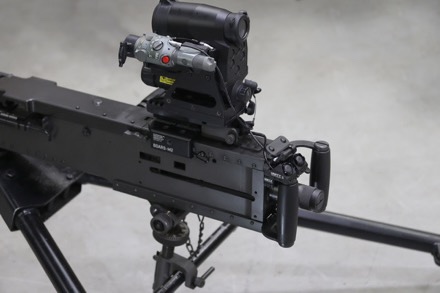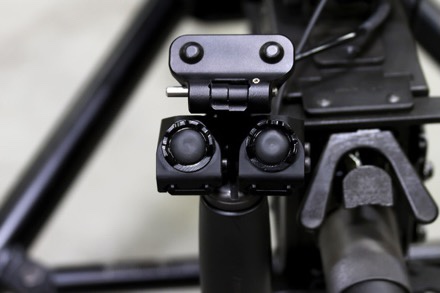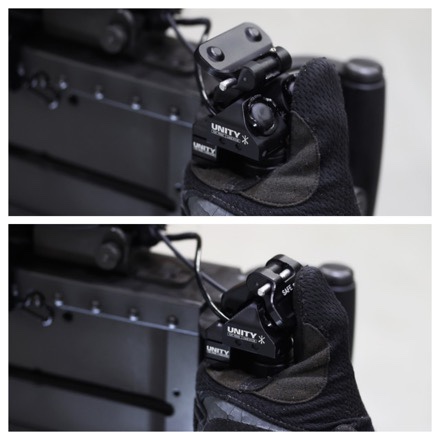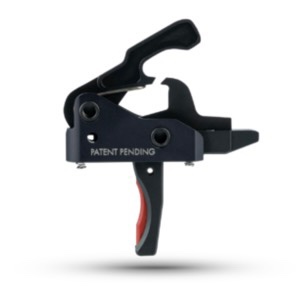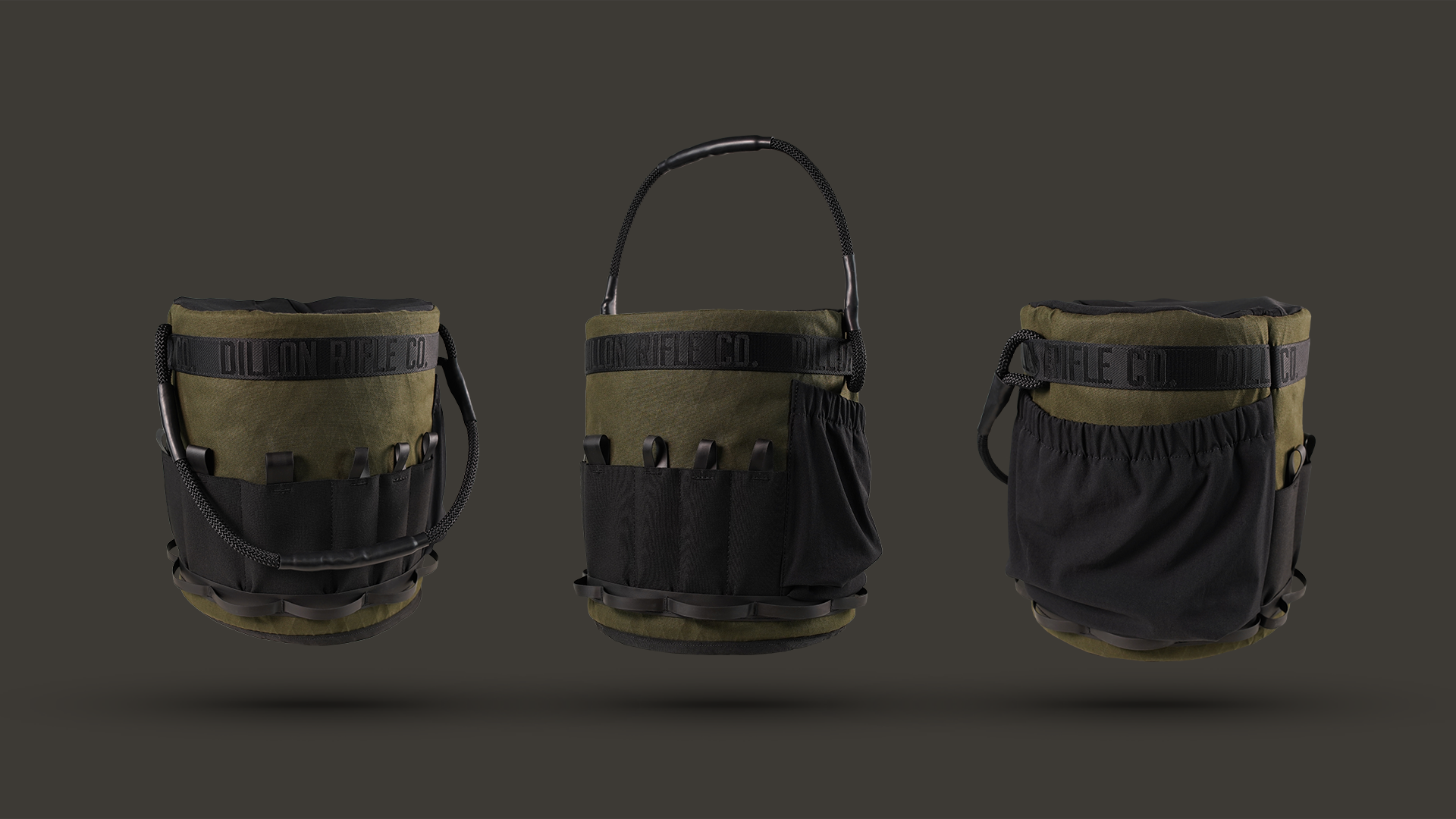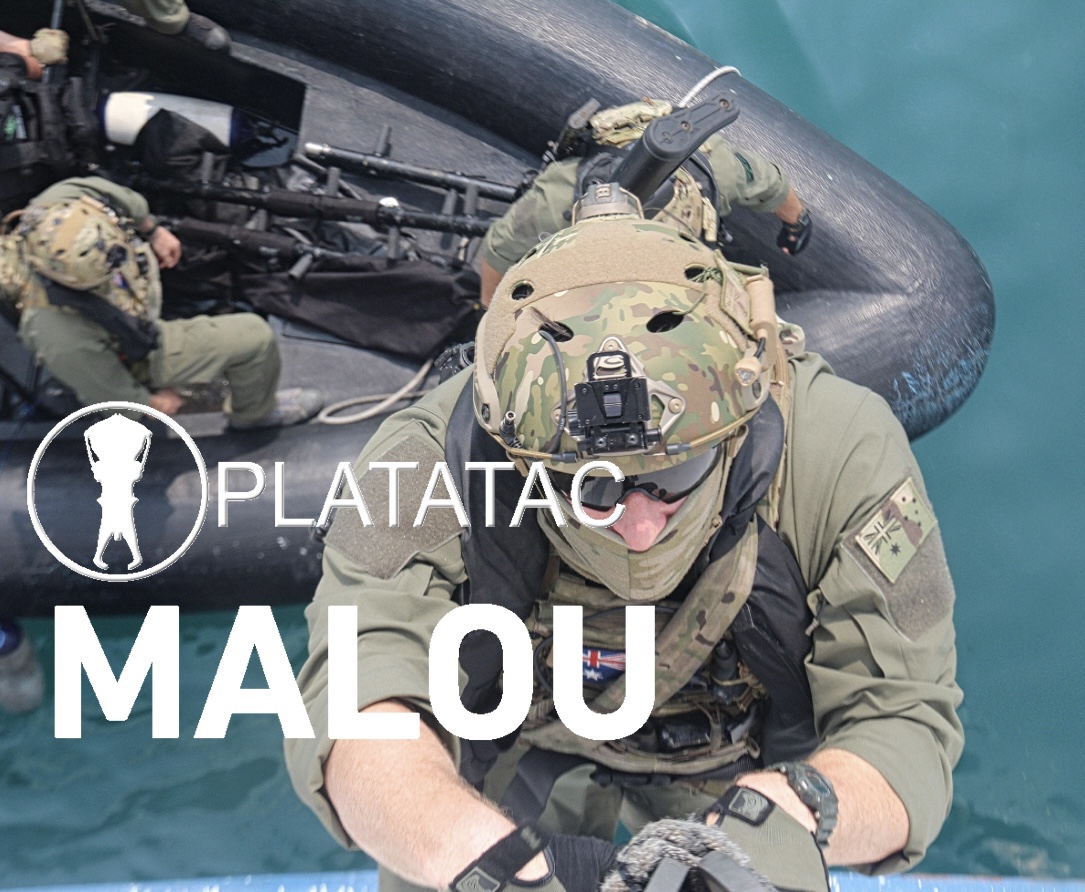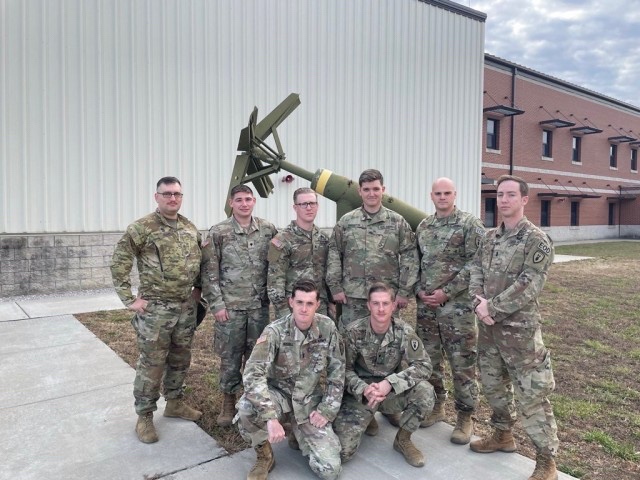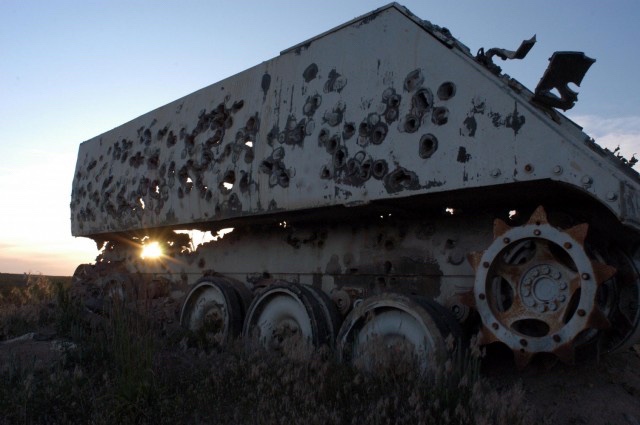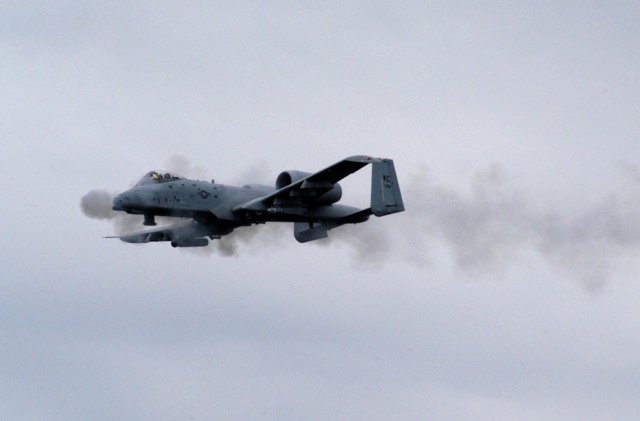VIRGINIA BEACH, Va. – December 9, 2021 – Blackhawk, a leader in law enforcement and military equipment for over 20 years, has announced the addition of competitive shooter Heather Miller as a brand ambassador.
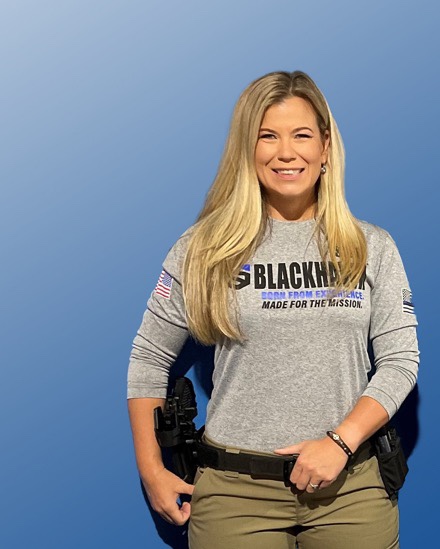
Born and raised in south Texas to a military and law enforcement family, Miller’s passion for firearms started at the age of four under the mentorship of her father. Since then, she’s become one of the top female shooters in the United States, representing Team USA at the 2019 International Practical Shooting Confederation (IPSC) World Rifle Championship in Sweden and at the 2018 IPSC World Shotgun Championship in France, where she and her Team took silver.
Over her 12 years of competitive shooting, she has won numerous matches and events. She actively competes in 3-Gun, USPSA and PRS, and is currently moving into more tactical-focused events such as the Tactical Games and the Gryphon Group Rumble.
In addition to Blackhawk, Miller represents Benelli, Lone Star Armory and Staccato, which partnered with Blackhawk in 2020 to develop T-Series Red Dot Sight (RDS) Level 2 and Level 3 retention duty holsters specifically designed for Staccato 2011 handguns.
Outside the competitive arena, Miller has been carrying for defense for 14 years and gives back to her community by teaching concealed carry and firearms clinics, as well as supporting local and national 2A efforts.
“I’m honored to join Blackhawk this year – they’re truly innovating and creating products that meet real-world needs and demands,” Miller said. “Whether you’re law enforcement, military, a tactical guru, or just your average shooter looking for solid gear, Blackhawk has something for you. I can’t wait to see what they come out with next and to be a part of it.”
To learn more about Blackhawk and to see their full lineup of holsters and tactical gear, visit Blackhawk.com.



